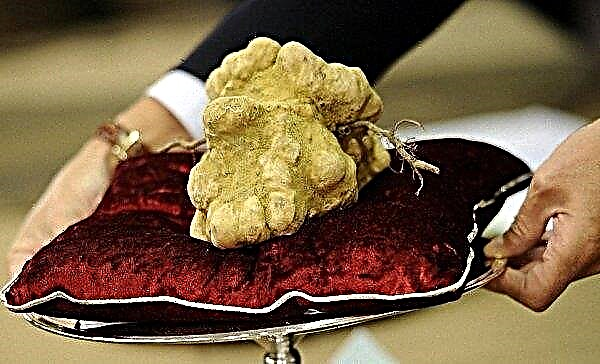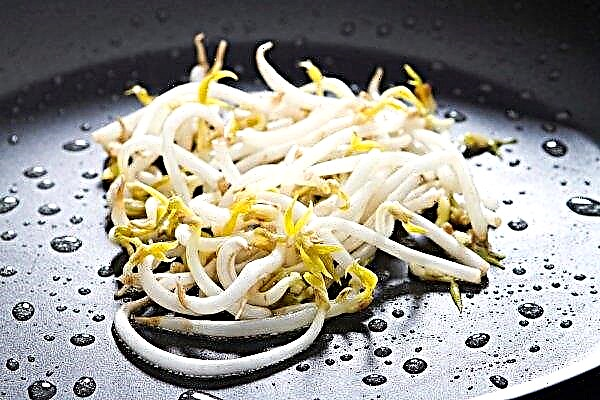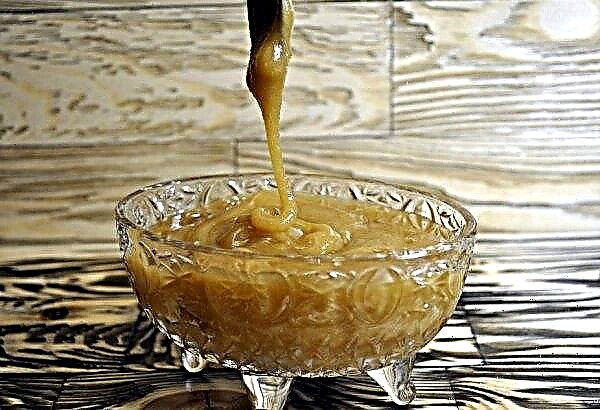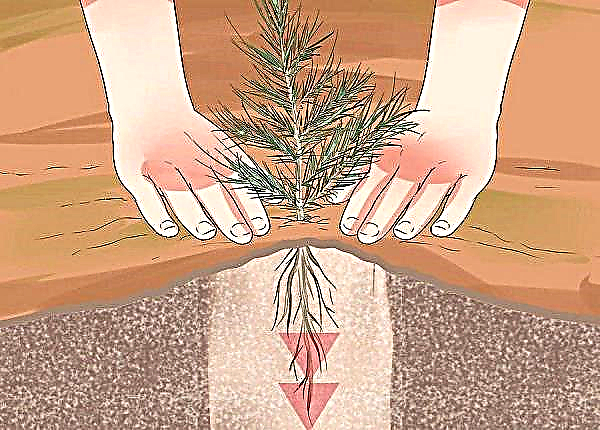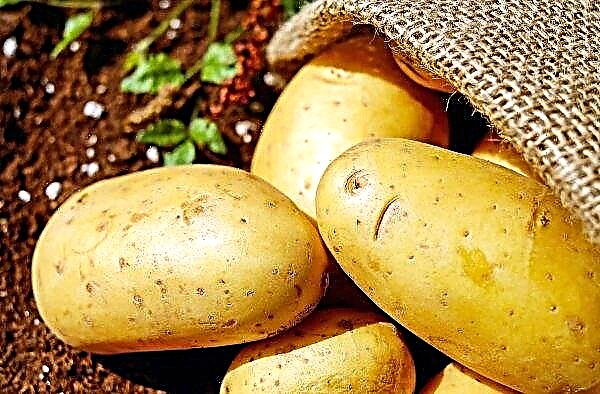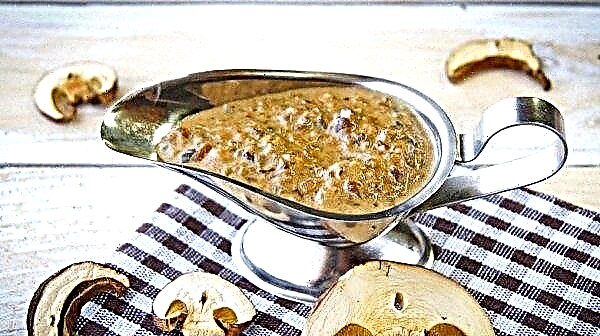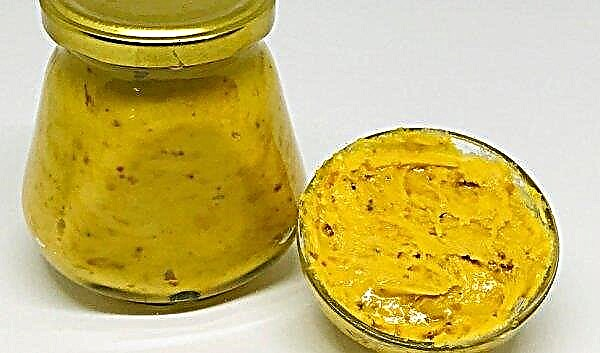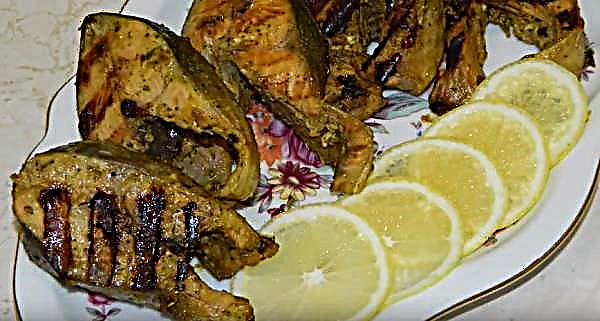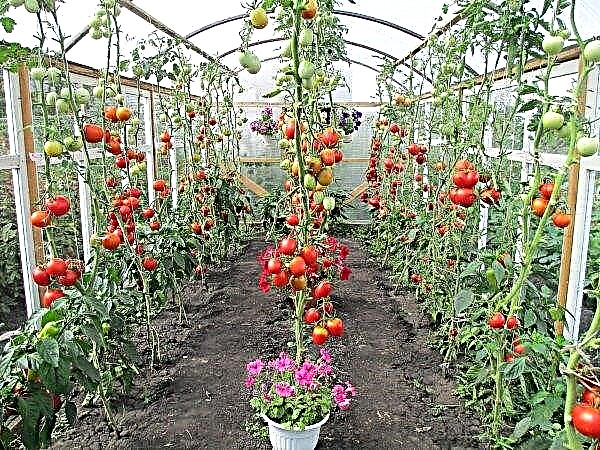Among potted plants in indoor floriculture, New Guinean balsamine stands out. The hybrid culture is distinguished by large inflorescences. It is noteworthy that it can be grown on open ground.
Botanical description of the plant
Hybrid New Guinea is obtained by crossing several beautifully flowering species based on Hawker balsam. The resulting plant has a powerful root system and a strong stem, growing up to half a meter in height. The bright colors of the foliage are streaked with deep veins, often a burgundy hue. From parent species, hybrid is also distinguished by larger (up to 5 cm in diameter) baskets of flowers. Striking variety of colors and flowering time (up to 8 months). Short botanical description:
| Root system | Ramified |
| Stem | Thick, height 30-50 cm |
| Leaf shape | Lanceolate |
| Leaf color | Light green, dark green |
| Flower shape | Five-petal basket |
| Color of flowers | Pink, carmine, lilac, two-tone, fuchsia |
| Fruit shape | Box |
Conditions for successful growing at home
For flowering to last as long as possible, the hybrid must be provided with the right conditions.
Did you know? Balsam flowers and leaves are used in folk medicine. The healers prepare on their basis tinctures, decoctions that help with many diseases.
Location
Culture loves good lighting, so the west and east sides of the room will do better. At noon, the bush should be shaded from the direct influence of ultraviolet radiation. In winter, when it gets dark early, it is necessary to provide additional lighting, so that daylight hours last up to 14 hours a day.
Air humidity
A hybrid does not like either excess moisture in the air or its dryness. The ideal humidity mode is 45-60%. In extreme heat, it is advisable to spray. In cloudy weather when watering - do not overdo it.
Temperature
The temperature for lush flowering and foliage development is +18 ... + 25 ° С. The plant reacts better to heat than to cold. With indicators on a thermometer below +10 ° C, the flower will begin to hurt. Sharp changes and drafts are contraindicated. In summer, balsam can be kept around the clock in the fresh air.
Important! Do not place flowerpots near heating appliances. Too dry air is fraught with diseases.
Home Care
When caring for a flower, it should be remembered that the slightest errors will lead to the dumping of buds, a reduction in the flowering period.
Watering
The developed root system quickly absorbs fluid, so you need to water in small portions, focusing on the dryness of the soil. It is watered under the root, since moisture that has fallen on the leaves leaves dark spots on it. Use water of the temperature that is noted in the room. Before watering, water must be protected from lime impurities, it can be softened by the addition of acetic acid. The remaining fluid that the roots did not absorb must be drained from the pan.
Top dressing
Mineral complexes for flowering crops are used as fertilizers. Given the long flowering period, do not use pure nitrogen fertilizers. Top dressing should contain potassium and phosphorus, carried out 2 times a month.
Pruning
Experienced flower growers do not recommend pruning: healed wounds will spoil the decorative appearance of the flower. To prevent overgrowth or remove diseased shoots, pinching is used. The dried inflorescences are removed immediately.
Transfer
A transplant is carried out in the spring, before the formation of flower buds. The pot is taken slightly larger than the previous one, wide in diameter, with a wide bottom. The hybrid lives 3-5 years, so it does not require frequent transplantation, as the roots grow. The soil should be light, good moisture permeability. The acidity index is 5.8-6.2 pH. Soil composition:
Soil composition:
- sheet land - 2 parts;
- peat - 1 part;
- sand - 1 part;
- pieces of wood bark.
For balsam, a transshipment method is preferred. Drainage is put at the bottom of the tank, a hill of soil is poured. Holding the plant by the trunk, lower it into the pot and add the remaining soil. In this case, the root neck is left on the surface.
Important! If the substrate has too high acidity, add dolomite flour.
Breeding
Balsam can be propagated by seeds and vegetatively, by rooting cuttings.
Seed cultivation
Sowing is carried out at the end of February. Sequencing:
Sequencing:
- It is most convenient to use a box for seedlings as a container, having previously disinfected it.
- Self-prepared earth mixture is also disinfected by calcination.
- Seeds, treated with a growth stimulator, are deepened by 1.5 cm in moist soil. Top is covered with glass to create a greenhouse effect.
- The glass is regularly lifted to access fresh air and water (as the earth dries).
- Two weeks later, the first sprouts appear, after the appearance of strong leaves, seedlings are planted in separate containers.
Did you know? Bioenergy claims that orange balsam flowers can wake up and enhance sexuality in men and women. Therefore, they are recommended to be kept in the bedroom.
Cuttings
The vegetative method is popular, because within one and a half months after rooting, the first flowering of balsam can be observed. Landing technology:
- An apical shoot about 10 cm long is planted either in the soil or in a container of water.
- On rooting put in twilight.
- After 2 weeks, the stem, which has taken root, is planted in a selected and disinfected container.

Growing difficulties
Balsam has strong immunity, but can be attacked by pests or diseases.
Disease
Violations of the regime or errors in care lead to problems. The following floriculture mistakes are noted:
- The roots rot - you need to reduce watering, do not leave water in the pan.
- Balsam fades, leaves fall or dry. What to do in this case: bring watering to normal, apply spraying.
- Foliage turns yellow, curls - you need to remove from under the direct rays of the sun.
- Does not bloom, loses buds - there is not enough nutrition, you need to feed.
Pests
Pests are often attracted to dry and stale indoor air. The most common "guests" of balsam are:
When insects appear, they can be washed off with a solution of water and soap. After the procedure, treat the flowerpot with an insecticide, for example, Fitoverm. A flowering garden in an apartment, a house in summer and winter is the goal of any grower. Providing competent and timely care to the New Guinean hybrid, lush flowering can be achieved over several seasons.


